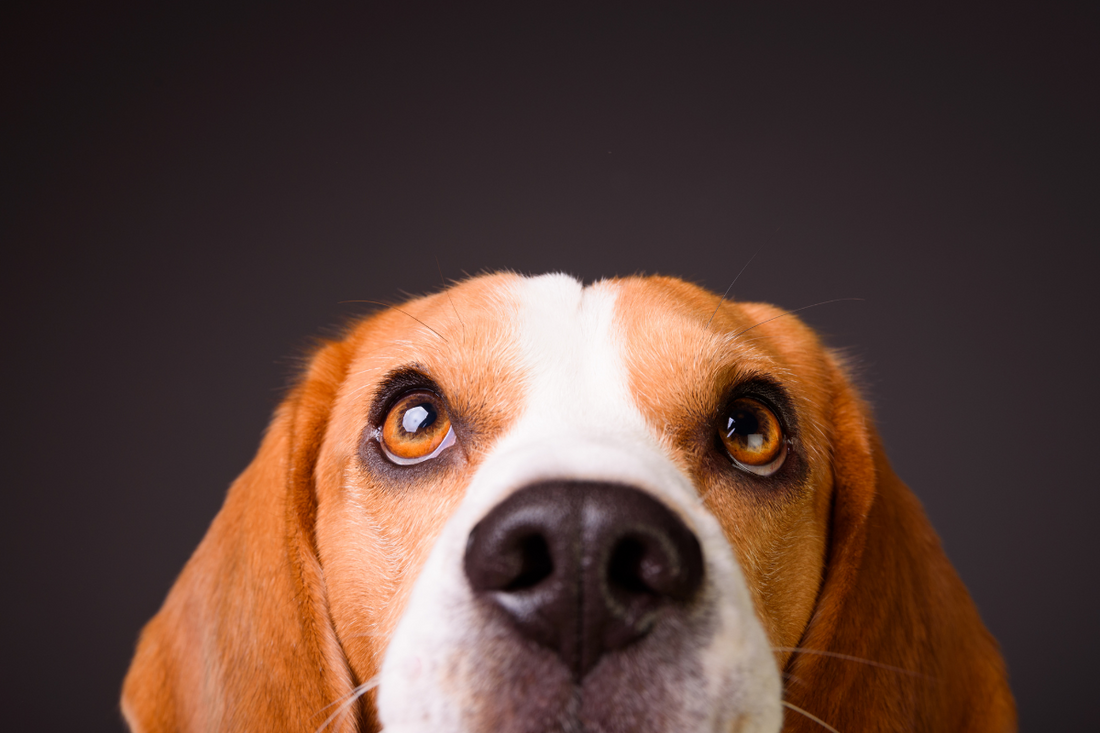Common Types of Eye Discharge in Dogs

Here are five common types of eye discharge in dogs and what they might mean.
A Little Goop or Crust
Tears are super important for your dog’s eye health. They keep the eyes moist, provide oxygen and nutrients to the cornea (the clear front part of the eye), and help remove dust and debris. Sometimes, a little goop or crust forms in the corners of their eyes. This mix of dried tears, oil, mucus, dead cells, and dust is usually clear or slightly reddish-brown.
These “eye boogers” are often most noticeable in the morning and are usually normal. The amount should stay fairly consistent, and the goop should be easy to wipe away with a warm, damp cloth. Your dog’s eyes shouldn’t be red, and they shouldn’t show signs of discomfort like rubbing, squinting, blinking, or sensitivity to light.
However, if you notice more eye discharge than usual or other symptoms, it’s time to see the vet.
Watery Eyes

Excessive tearing (epiphora) can be caused by various things, ranging from minor to serious, such as:
- Irritants
- Foreign material in the eye
- Allergies
- Anatomical issues (like prominent eyes or rolled-in eyelids)
- Blocked tear ducts
- Corneal wounds
- Glaucoma (increased eye pressure)
If your dog’s eyes are just a bit more watery than usual but otherwise look fine and aren’t painful, you can monitor the situation for a day or two. It could be that they got a face full of pollen or dust. But if the watery eyes persist or other symptoms develop, visit your vet.
Reddish-Brown Tear Stains
Light-colored dogs often develop reddish-brown stains near the inner corners of their eyes due to a pigment in their tears called porphyrin, which turns reddish-brown when exposed to air. If there are no other problems, this tear staining is purely cosmetic.
To minimize tear stains, you can:
- Wipe the area a few times a day with a cloth dampened with warm water or an eye-cleaning solution made for dogs.
- Keep the fur around your dog’s eyes trimmed short.
- Give your dog an antibiotic-free nutritional supplement that reduces tear staining.
It might take several months for the stained fur to grow out and for these remedies to show results. If you notice an increase in staining, a change in its appearance, or if your dog’s eyes become red and painful, see your vet for an eye exam.
White-Gray Mucus
Dry eye (keratoconjunctivitis sicca or KCS) occurs when a dog’s immune system attacks the glands that produce tears. With fewer tears, the body compensates by making more mucus, but this can’t replace all the functions of tears. As a result, the eyes become red, painful, and may develop ulcers and abnormal pigmentation.
If untreated, KCS can lead to severe discomfort and blindness. If you see white-gray mucus around your dog’s eyes, make a vet appointment. A Schirmer Tear Test can distinguish KCS from other conditions that might increase eye mucus, like a foreign object or inflammation.
Most dogs respond well to KCS treatments, which might include medications like cyclosporine, tacrolimus, or artificial tears. In some cases, surgery may be necessary.
Yellow or Green Eye Discharge
Yellow or green eye discharge often indicates an eye infection, especially if accompanied by redness and discomfort. Eye infections can be primary or secondary to other issues like corneal wounds or dry eye.
Sometimes, what appears to be an eye infection might indicate a systemic illness or a problem affecting other parts of the body, such as the respiratory or nervous system. If your dog has yellow or green eye discharge, see the vet immediately.
FAQs About Dog Eye Discharge

Should I be concerned about my dog’s eye discharge?
If your dog has green or yellow discharge, seems bothered by their eyes (rubbing, pawing), or you notice redness or pain, you should see the vet.
How do I get rid of my dog’s eye discharge?
Determining the cause of the discharge is crucial. Consult your vet to find the best way to treat your pet’s specific issue.
Can I treat my dog’s eye infection without going to the vet?
Eye infections should be treated by a vet. The right medication depends on the underlying cause, such as foreign material, inflammation, or an ulcer. The vet may perform tests to check for dry eye or ulcers and then prescribe the best treatment for your pet.
Keeping Your Dog's Eyes Healthy
Understanding the different types of dog eye discharge and their implications can help you keep your furry friend healthy and happy. When in doubt, always consult your vet to ensure your pet gets the care they need.
At Joyride Harness, we want every dog to be happy and healthy. For more tips and advice on taking the best care of your best friend, be sure to check out the Joyride Harness Blogs.





















